Embedded Systems Principles and Development Case Studies
Innovation and Responsibility: The “Core” Path of Embedded Systems
School of Artificial Intelligence Lin Jianping Members: Yu Jinghua, Dai Lu


1. Course Introduction
(1) Course Overview
This course was approved as a provincial-level online and offline hybrid first-class course in 2023. The course closely aligns with our school’s educational positioning of “cultivating application-oriented and innovative talents” and the characteristics of electronic information majors, aiming to cultivate technical talents with solid professional knowledge and a strong sense of social responsibility. The course accurately grasps the direction of ideological and political education in curriculum development, focusing on enhancing students’ patriotism, professional qualities, sense of responsibility, and innovative abilities. Through scientific design, ideological education is integrated into the entire teaching process, optimizing content supply, and achieving an organic combination of knowledge transmission and value guidance.
The innovative feature lies in adopting a “case/project-oriented + ideological integration” teaching model, selecting practical and timely embedded system-related cases to guide students to consider deep-seated issues such as technology ethics and social responsibility while solving technical problems. This initiative not only enhances students’ professional skills but also strengthens their sense of social responsibility and technological mission, providing strong support for cultivating high-quality embedded system engineers with a sense of patriotism, and has profound case significance.
(2) Overall Design of Ideological Education in the Course

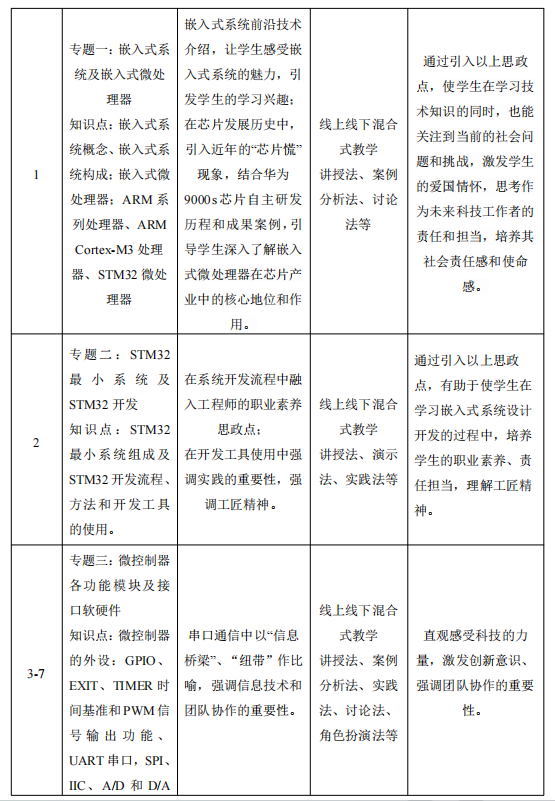
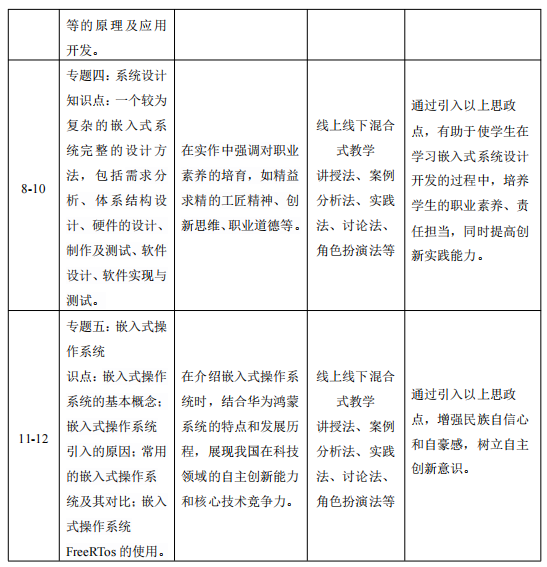


2. Teaching Case Collection
Teaching Case One
“Core” Ties to the Nation, Overcoming Difficulties Together: Examining the Responsibilities and Commitments of Embedded Technology in the Context of the “Chip Crisis”
(1) Case Overview
Case Chapter: Topic One Embedded Systems and Embedded Microprocessors—Embedded Microprocessors
This Section’s Teaching Objectives: Through this section, achieve the following teaching objectives:
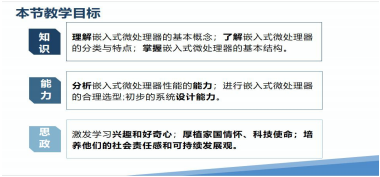
Figure 1 Teaching Objectives of Embedded Microprocessors
Innovative Feature:
The innovative feature lies in closely aligning with the background of the “chip crisis” era, deeply analyzing the ideological case of “Huawei 9000s Chip’s Independent Research and Development Journey and Achievements,” allowing students to deeply understand the technical value and market prospects of embedded microprocessors, while also stimulating their patriotic feelings and awareness of independent innovation. The integration of ideological education is warm and easily accepted and understood by students, enhancing the relevance and effectiveness of education.
Case Significance:
This case aims to analyze the current global “chip crisis” phenomenon, exploring the technological reasons behind it, market supply-demand relationships, and its impact on national technological security and economic stability. By guiding students to deeply understand the core position and role of embedded microprocessors in the chip industry, as well as the current development status and challenges in this field in our country, it stimulates students’ patriotic feelings and sense of responsibility. It encourages them to contribute their strength to solve the national “bottleneck” problem. This case not only helps deepen students’ understanding of embedded microprocessor professional knowledge but also cultivates their sense of social responsibility and mission, achieving the educational goals of ideological education in the course.
(2) Case Analysis
1. Ideas and Concepts
This chapter focuses on the “chip crisis” and “domestic chip production.” By analyzing the current global chip supply tightness, it emphasizes the urgency and importance of independent innovation. The teaching case incorporates the ideological case of “Huawei 9000s Chip’s Independent Research and Development Journey and Achievements,” showcasing the progress and achievements of domestic chips in terms of technology research and development, market expansion, etc. Conceptually, it encourages students to pay attention to national technological development strategies, establish the belief in technological self-reliance and self-improvement, while also focusing on cultivating students’ practical abilities and innovative thinking in the field of embedded microprocessors, contributing to the development of domestic chips.
2. Design and Implementation
During the teaching design and implementation process, three main objectives were set: knowledge, ability, and ideological education. It addresses the three key points of performance analysis, reasonable selection, and preliminary system design of microprocessors during the embedded system design and development process, laying the foundation for in-depth learning in subsequent chapters. Various methods such as lectures, discussions, problem exploration, and case analysis are combined with online teaching platforms and information-based classrooms for teaching. The course adopts a hybrid teaching model, leading students from simple to complex in acquiring knowledge.
(1) Online Task-Based Teaching
Before class, using MOOC intelligent teaching tools, embedded microprocessor-related MOOC videos and task sheets are released: including the relevant concepts, development history, technical characteristics of embedded microprocessors, as well as the current situation and challenges of domestic chip production in our country. Students log into the platform to receive the task sheet, complete the video learning tasks, and take notes. A test question bank is released to organize online tests for students, checking their mastery of embedded microprocessor professional knowledge; a discussion post titled “Examining the Importance of National Technological Self-Reliance through Chip Shortages” is released, encouraging students to express their opinions and views.
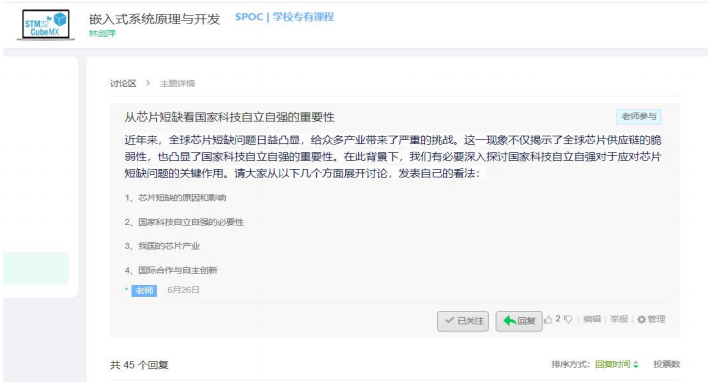
Figure 2 Online Discussion Post
(2) Classroom Inquiry and Discussion Enhancement
By analyzing students’ online video learning and test data, understanding students’ grasp of this section’s content, the class will organize the key and difficult knowledge points of this section. Through case analysis in the field of embedded microprocessors, introduction to cutting-edge technologies, etc., students’ learning interests and curiosity are stimulated, prompting them to actively explore and learn new knowledge. During the process, students are guided to think and discuss, fully exploring ideological elements such as patriotism and technological empowerment. For example, when introducing the development history of embedded microprocessors, the historical context of China’s technological development, especially the explorations and achievements in the fields of electricity and computer science since modern times, can be integrated. For instance, mentioning ancient China’s understanding of electricity (such as records in the Western Han Dynasty’s “Huainanzi”) and the arduous journey of modern technological development, stimulating students’ national pride and patriotic feelings. Furthermore, in light of recent “chip crisis” events, the ideological case of “Huawei 9000s Chip’s Independent Research and Development Journey and Achievements” can be introduced, guiding students to think from multiple angles about the challenges and opportunities faced by domestic chip production, encouraging them to tell “Chinese stories.” Through case analysis, students’ problem-solving abilities are cultivated, while their patriotic feelings are stimulated. Students come to realize that only by possessing controllable core technologies can they stand undefeated in the fierce international competition.
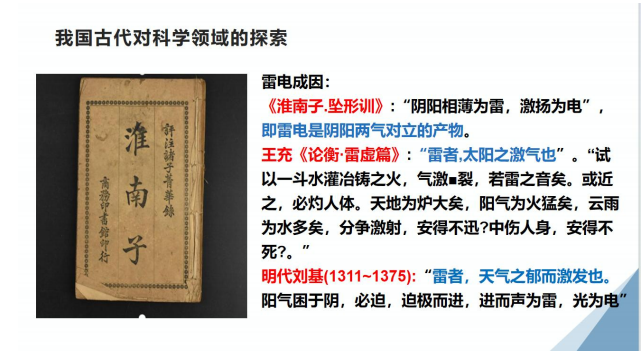
Figure 3 Ancient China’s Exploration in the Field of Science
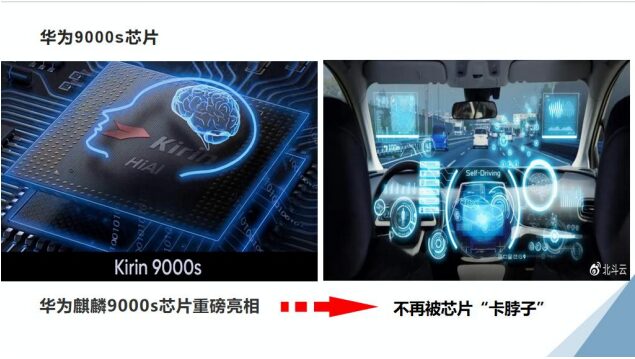
Figure 4 Case of Huawei 9000s Chip’s Independent Research and Development Journey and Achievements
(3) Post-Class Practical Expansion
Several typical embedded system application examples are listed to allow students to attempt to analyze the system development design process, especially by analyzing system requirements, making reasonable selections and justifications for the core technology of the embedded microprocessor, and completing preliminary system design. Through this challenging practice, students’ innovative thinking and practical abilities are cultivated, enhancing their ability to solve real-world problems.
(3) Case Reflection
1. Effectiveness and Evaluation
Through the implementation of this case, students not only mastered the relevant knowledge of embedded microprocessors but also deeply understood the core role of embedded microprocessors in embedded systems. It stimulated students’ interest and curiosity in learning this course, prompting them to actively explore and learn new knowledge; the integration of ideological points also stimulated students’ patriotic feelings, making them realize the importance of a technologically strong nation. The post-class expansion tasks also enhanced students’ problem-solving abilities.
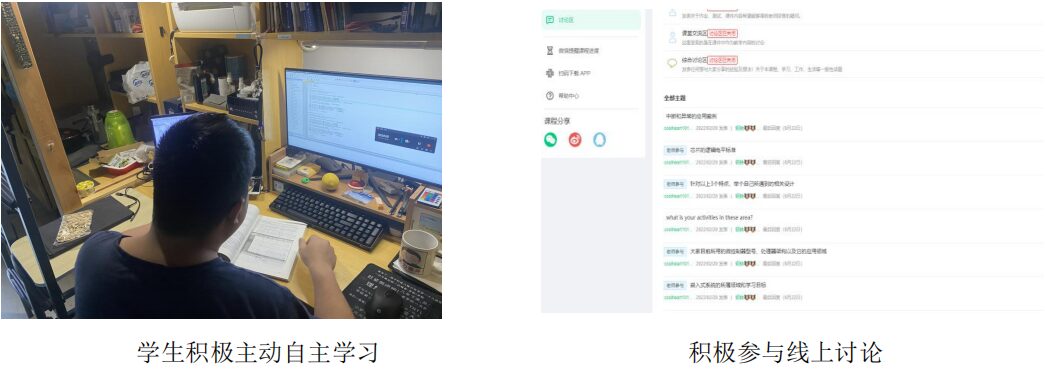
Figure 5 Students’ Enthusiasm for Learning
2. Continuous Improvement Measures
(1) Enrich Teaching Content, Strengthen the Connection Between History and Reality
Introduce historical background: When introducing the development history of embedded microprocessors, detail the evolution from the invention of transistors to integrated circuits, and then to modern embedded microprocessors. Combine with real-world applications: showcase the widespread application of embedded microprocessors in modern society, such as smart homes, smart transportation, industrial automation, etc., allowing students to feel the importance of technology for national development and people’s lives.
(2) Conduct Group Discussions
Organize students to discuss the technical characteristics, advantages, and future development trends of embedded microprocessors, encouraging them to propose their own viewpoints and insights, cultivating students’ critical thinking and teamwork abilities.
(3) Continuously Update Teaching Content
With the continuous development of embedded technology, teaching content and cases should be updated in a timely manner to ensure the timeliness and cutting-edge nature of the course content.

Teaching Case Two
STM32 Serial Communication—Building a Bridge for Information Exchange
(1) Case Overview
Specific Chapter: Topic Three Functional Modules and Interfaces of Microcontrollers—STM32 Serial Communication

Figure 6 STM32 Serial Communication—Building a Bridge for Information Exchange
Teaching Objectives:
Knowledge Objectives: Understand the basic principles of STM32 serial communication, master the configuration methods of STM32 serial communication, and become proficient in related functions of the STM32 HAL library, including polling, interrupts, and DMA methods of serial communication.
Ability Objectives:Be able to design reasonable communication protocols based on actual needs, and achieve reliable data transmission through programming, solving communication interaction problems between devices; possess the ability to debug and troubleshoot serial communication faults, ensuring the system can operate stably.
Ideological Objectives:Understand how information technology changes people’s lifestyles, working methods, and social structures; reflect on the relationship between technological development and ethics, and understand the responsibilities and commitments of future technology workers. During project implementation, emphasize the importance of teamwork, encourage students to help each other and make progress together, cultivating their teamwork spirit and social responsibility.
Innovative Feature:
This case uses the metaphor of “information bridge” and “link” to vividly demonstrate the key connecting role of serial communication in information systems, enhancing students’ perceptual understanding of the importance of information technology, emphasizing the value of serial communication in promoting information flow and enhancing system integrity, guiding students to recognize the importance of teamwork and coordination. By using metaphors, it stimulates students’ interest and sense of responsibility towards information technology, cultivating their patriotism and awareness of technological innovation, making it a vivid and engaging teaching method.
Case Significance:
This case aims to teach students not only professional skills through learning STM32 serial communication but also to guide them to understand the importance of information technology as the “information bridge” of modern society, recognizing the importance of teamwork in projects, and cultivating their technological mission and social responsibility.
(2) Case Analysis
1. Ideas and Concepts
The idea is to focus on STM32 serial communication, designing a series of learning tasks from easy to difficult, guiding students to gradually master related knowledge from basic configuration to advanced applications. At the same time, through discussions and case analyses, integrate ideological elements into the teaching process, allowing students to understand the positive role of information technology in promoting social information exchange and strengthening interpersonal connections.
The concept is guided by the OBE theory, emphasizing “student-centered, outcome-oriented.” It highlights the cultivation of students’ application abilities of professional knowledge, insisting on a balanced focus on knowledge transmission and value guidance, guiding students to think about technological ethics, social responsibility, and other issues through technical learning, cultivating their comprehensive qualities.
2. Design and Implementation
This section adopts a hybrid teaching activity design, mainly divided into three stages: before class, during class, and after class. Utilizing Chinese university MOOC, hybrid teaching implementation and evaluation are conducted. Before class, students independently learn theoretical knowledge online based on the guided learning sheet and complete tests and group tasks; during class, teachers carefully design case introduction + interactive discussions + problem analysis + group flipping, gradually guiding students to master key knowledge, and then design practical tasks + frontier extensions + ideological integration, gradually guiding students to complete practical tasks, allowing students to cooperate in exploration, on-site programming, and demonstration output, further verifying their knowledge mastery.
(1) Online Task-Based Teaching
Before class, using MOOC intelligent teaching tools, STM32 serial communication interface MOOC videos and task sheets are released: including the basic principles of STM32 serial communication, configuration methods of STM32 serial communication, related functions of the STM32 serial communication interface HAL library, etc., as well as the important position of serial communication in information transmission. Students log into the platform to receive the task sheet, complete video learning tasks, and take notes. A test question bank is released to organize online tests, analyzing students’ common mistakes in online tests, identifying weak points in their knowledge, providing answers and clarifications on the platform, grouping students, and arranging teaching assistants for supervision, preparing for further teaching.
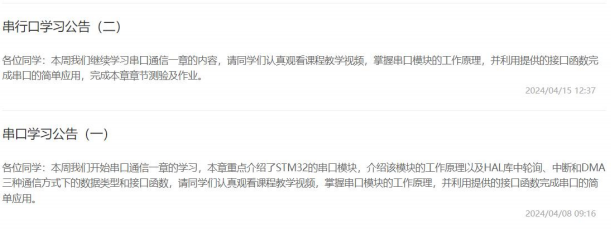
Figure 7 Online Teaching Content Release Announcement
(2) Physical Classroom Enhancement
Through case introduction: by using industrial control, smart home, and other cases, guide students to think about how to achieve communication between devices? And how to communicate between devices (MCU) and PC? Additionally, guide students to analyze from hardware and software perspectives, organizing classroom discussions to understand students’ comprehension and awareness of STM32 serial communication, thereby introducing the metaphor of “information bridge,” viewing serial communication as a critical link connecting different devices, systems, and even the entire society. Through this metaphor, we guide students to recognize that in today’s rapidly developing information age, information technology is not just cold codes and data; it is an important force driving national development and promoting social progress. Then, the key and difficult points of this section are sorted out, and practical tasks are released. During task implementation, emphasize that the baud rate on both ends of the serial communication must be consistent, reiterating that “only when the team is in sync can they move forward together,” making students realize the importance of teams and the coordination among team members.
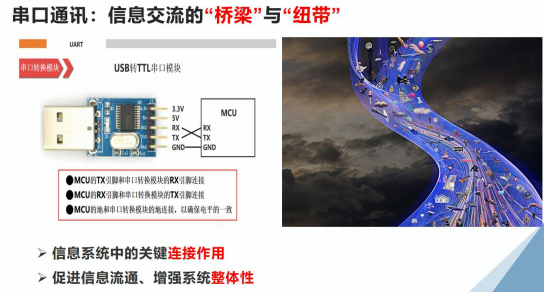
Figure 8 Data Exchange Wiring Between STM32 and PC

Figure 9 Practical Task Release in Class
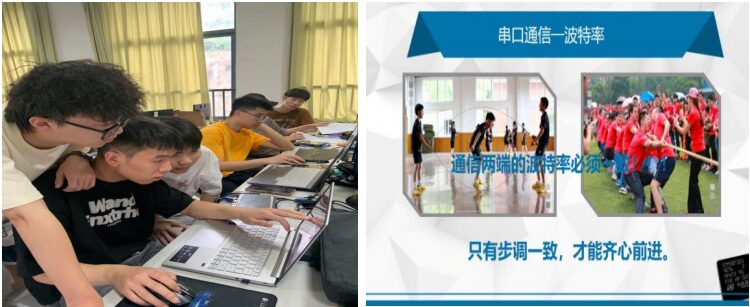
Figure 10 Classroom Practice and Ideological Integration
(3) Post-Class Practical Expansion
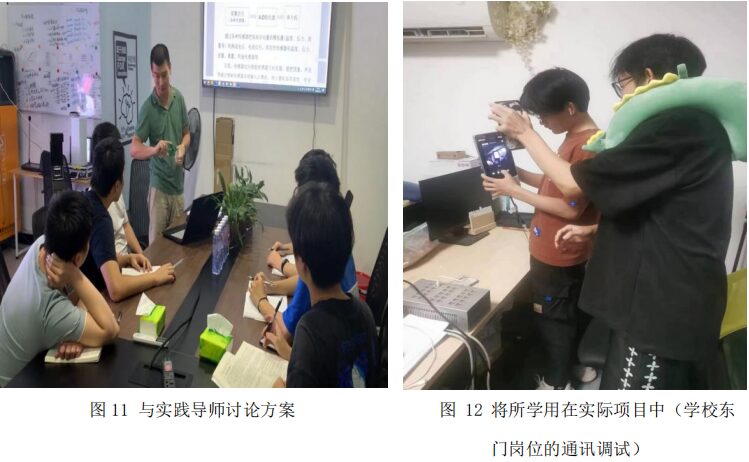
(3) Case Reflection
1. Effectiveness and Evaluation
Effect: Through the implementation of this case, students not only mastered the technical knowledge of STM32 serial communication but also deeply understood the importance of information technology in facilitating social information exchange. At the same time, their teamwork abilities, problem-solving abilities, and ideological qualities were also significantly enhanced.
Evaluation: A diversified evaluation method was adopted, including student self-assessment, peer assessment, and teacher evaluation. The focus was on assessing students’ technical implementation capabilities, improvements in ideological qualities, and teamwork abilities. Among them, classroom discussions and quizzes were automatically scored by the online platform, while on-site experimental programming was scored by the teacher based on task resolution, and group reports were evaluated by both teachers and students. The evaluation results indicate that this case not only improved students’ professional skills but also effectively promoted students’ ideological quality enhancement.
2. Continuous Improvement Measures
(1) Optimize project-based teaching tasks to prevent overload for teachers and students in this teaching segment.
(2) Further control the supervision of online autonomous learning, ensuring timely and effective supervision.
(3) Strengthen the innovation of project design, introducing more challenging and practical tasks to stimulate students’ learning interests and innovative potential, allowing offline classroom activities to better motivate students to explore.
(4) Further sort out and optimize students’ differentiated and personalized approaches, truly implementing tailored education.

Teaching Case Three
The Heart of Harmony—The Path of Independent Innovation for Embedded Operating Systems
(1) Case Overview
Specific Chapter: Topic Five Embedded Operating Systems
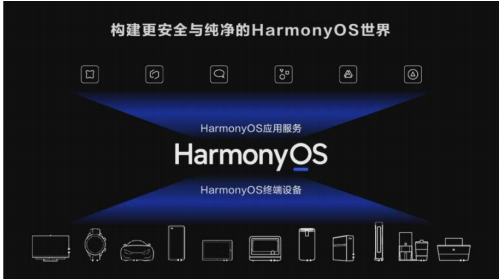
Figure 13 The Heart of Harmony—The Path of Independent Innovation for Embedded Operating Systems
Teaching Objectives:
Knowledge Objectives:Understand the basic concepts of embedded operating systems; understand the principles and core functions of embedded operating systems; understand the key technologies of embedded operating systems such as real-time performance, multitasking, memory management, and device drivers; master efficient task management, resource allocation, and communication coordination using FreeRTOS.
Ability Objectives:Be able to use the FreeRTOS operating system to develop relatively complex embedded application systems; possess the ability to design, develop, debug, and optimize embedded operating systems in embedded systems.
Ideological Objectives:Deeply recognize technological self-reliance and self-improvement, enhancing students’ national pride and stimulating their enthusiasm for engaging in technological innovation.
Innovative Feature:
This case stands out by deeply integrating the concept of independent and controllable technological innovation with ideological education, reinforcing students’ sense of national pride and awareness of technological self-reliance through the independent research and development journey of the HarmonyOS. By vividly demonstrating the system’s realization of multi-device collaboration and the Internet of Everything, it allows students to intuitively feel the advantages of the HarmonyOS in breaking down device barriers and expanding device capabilities while understanding its immense potential in the future intelligent internet era. This case intricately weaves together technical knowledge and ideological education, allowing students to deepen their understanding and recognition of ideological content through emotional resonance, forming positive value pursuits and life goals.
Case Significance:
Through this case, students will understand the critical role of embedded operating systems in modern technology while realizing the close connection between personal efforts and national technological progress, inspiring their determination to engage in technological innovation.
(2) Case Analysis
1. Ideas and Concepts
This section employs case teaching methods, introducing embedded operating systems while combining the characteristics and development journey of Huawei’s HarmonyOS, showcasing China’s independent innovation capabilities and core technological competitiveness in the tech field. It guides students to recognize the importance of independent innovation for national technological development and international standing, encouraging them to establish an awareness of innovation and actively participate in technological innovation activities. The HarmonyOS, as an emerging embedded operating system, successfully launched and widely applied, demonstrates China’s strength and achievements in the tech field, enhancing national confidence and pride.
2. Design and Implementation
(1) Online Classroom Autonomous Learning
This section adopts a hybrid teaching activity design, utilizing Chinese university MOOC for hybrid teaching implementation and evaluation. Before class, online guided learning sheets are released, and students independently learn theoretical knowledge online and complete tests and discussions; during class, teachers meticulously design case introductions + interactive discussions + problem analysis + group flipping, gradually guiding students to master key knowledge, then designing practical tasks + frontier extensions + ideological integration, gradually guiding students to complete post-class practical tasks.
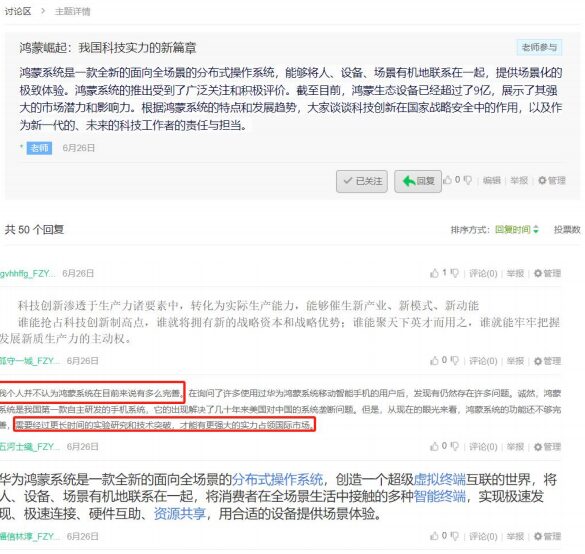
Figure 14 Ideological Discussion Post for this Section
(2) Offline Classroom Discussion and Flipping
Introduce the case of the birth and successful application of Huawei’s HarmonyOS: deeply exploring the development journey of Huawei’s HarmonyOS as a vivid case of independent innovation, cultivating students’ profound understanding of technological self-reliance and self-improvement. From the background of the HarmonyOS’s birth, technological breakthroughs to its influence in the global market, students will witness how Chinese tech companies stand out in international competition, which not only enhances their national pride but also inspires them to engage in technological innovation, aspiring to become a part of the nation’s technological advancement.
Core knowledge point explanation: In-depth analysis of the technical architecture of the HarmonyOS, including distributed soft bus, distributed device virtualization, etc.
Application scenario demonstration: showcasing the application examples of the HarmonyOS in smart homes, smart wearables, etc., such as smart refrigerators, smart TVs, etc.
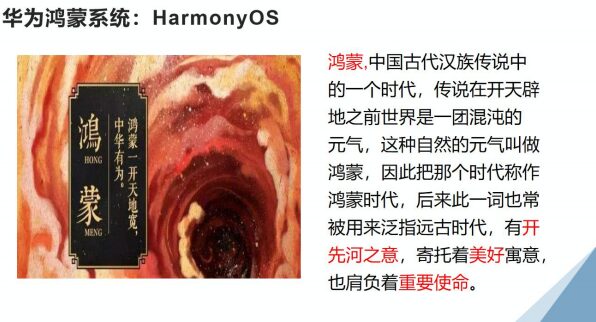
Figure 15 Origin of the HarmonyOS Name
Classroom Discussion and Flipping: Organize students to discuss the characteristics and development trends of the HarmonyOS, encouraging students to actively speak and exchange ideas, reflecting on the roles and responsibilities of technology workers in national development, cultivating their critical thinking and expression abilities regarding ideological issues.
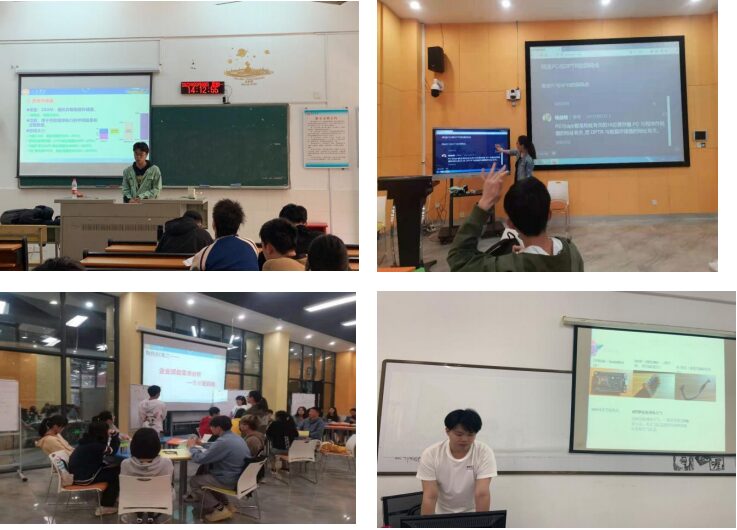
Figure 16 Rich Classroom Activities
(3) Post-Class Training and Practical Enhancement
After class, utilize various online and offline methods to provide students with answers and clarifications, offering diverse learning resources and practical projects, encouraging students to engage in autonomous learning and exploration. For example, in May 2023, students participated in a free training camp provided by the district: Fuzhou Economic and Technological Development Zone HarmonyOS Device Development Training Camp, further enhancing their understanding and application abilities of the HarmonyOS through training by Huawei corporate mentors, encouraging students to reflect on their positions and roles in the technological wave, inspiring them to respond to the national call with practical actions, engaging in the great cause of technological innovation, and contributing their wisdom and strength to realizing the Chinese dream of national rejuvenation.
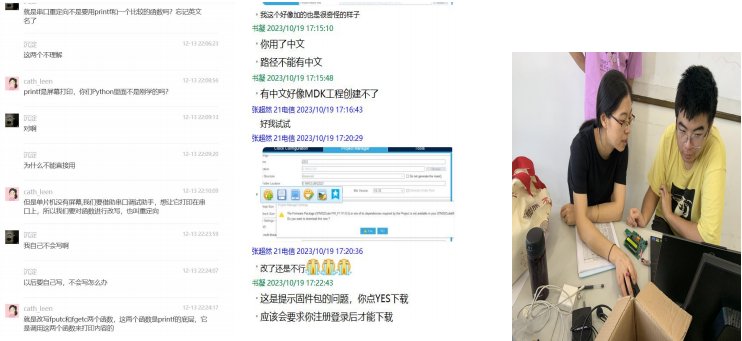
Figure 17 Multiple Channels and Methods for Post-Class Answers and Clarifications
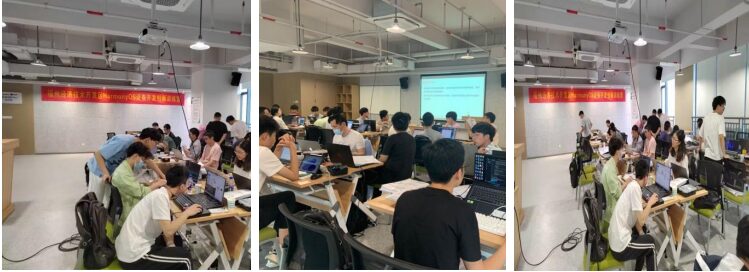
Figure 18 Participating in the HarmonyOS Device Development Training Camp
(3) Case Reflection
1. Effectiveness and Evaluation
Effect: Through the implementation of this case, students not only mastered the fundamental knowledge of embedded operating systems but also deeply understood the historical responsibilities and national mission shouldered by technology workers. At the same time, their divergent thinking, teamwork abilities, and ideological qualities were also significantly enhanced.
Evaluation: Student feedback was collected through questionnaire surveys and group reports, particularly focusing on the acceptance and recognition of the integration of ideological elements; teacher observations recorded students’ engagement and depth of viewpoints during classroom discussions, assessing their understanding of the HarmonyOS and the theme of independent innovation.
2. Continuous Improvement Measures
(1) Adjust case details based on student feedback, adding more practical application cases that resonate with students’ interests.
(2) Regularly update the technical progress and market dynamics of the HarmonyOS to maintain the timeliness and attractiveness of the case content.
(3) Strengthen the deep integration of ideological education and professional teaching, designing more interactive segments to stimulate students’ innovative potential and teamwork spirit.

3. Effectiveness and Replicability (For the Entire Course)
(1) Effectiveness of Ideological Education Reform in the Course
This course adheres to the fundamental task of “cultivating virtue and education”, integrating ideological and political education throughout the transmission of professional knowledge. By deeply exploring the ideological elements in professional courses, it achieves an organic combination of knowledge transmission and value guidance, aiming to cultivate high-quality talents with a sense of patriotism, strong technological mission, social responsibility, and innovative spirit. The teaching philosophy of ideological education emphasizes student-centeredness, focusing on students’ comprehensive development through a hybrid teaching model that allows students to acquire professional knowledge while receiving systematic ideological and political education. Specific reform outcomes are as follows:
1. High Student Satisfaction
Students’ satisfaction with the integration of ideological points in course teaching reached 91.2%, with a significant majority being very satisfied, and satisfied students accounting for 8.8%. This data fully reflects students’ positive attitudes and high recognition of integrating ideological and political education into course teaching, demonstrating the rationality and relevance of course design, as well as students’ self-improvement needs, providing beneficial insights and references for further enhancing teaching quality, optimizing teaching content and methods in the future.
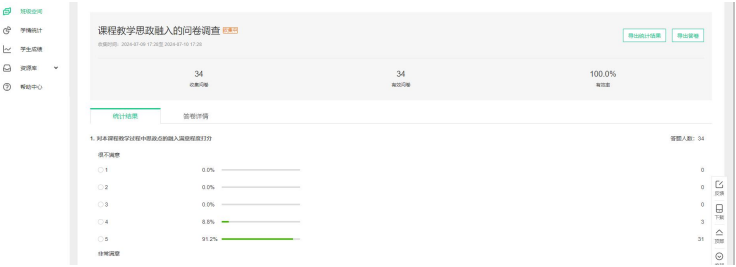
Figure 19 Satisfaction Survey on the Integration of Ideological Education
2. Established a Rich Course Resource Library
The course was approved as a provincial-level online and offline hybrid first-class course in 2023. To support the in-depth implementation of ideological education in the course, the course team established a rich resource library, including a library of ideological teaching cases, an online course video library, and a practical case library. These resource libraries not only provide strong support for teachers’ teaching but also offer students rich resources for autonomous learning and further study. Meanwhile, the course team actively engages in resource sharing and collaborative exchanges with colleagues both inside and outside the school, promoting the widespread dissemination and in-depth development of ideological education in the course.
3. High Evaluations from Colleagues and Students
Colleagues inside and outside the school highly praised the implementation of ideological education in the course. They believe that this course has made positive explorations and beneficial attempts in the organic integration of ideological education and professional knowledge transmission, providing useful references for other courses. Students also expressed that through the study of ideological education in the course, they not only mastered professional knowledge but also received profound ideological enlightenment and moral training, feeling confident and hopeful about their future learning and life.

Figure 20 Some Companies’ Evaluations of Students’ Embedded Skills
(2) Replicability Effects (Application Promotion and Effects)
1. Promotion Situation
(1) Teacher Training
Organize teacher training on ideological education in courses to enhance teachers’ understanding and awareness of ideological education.
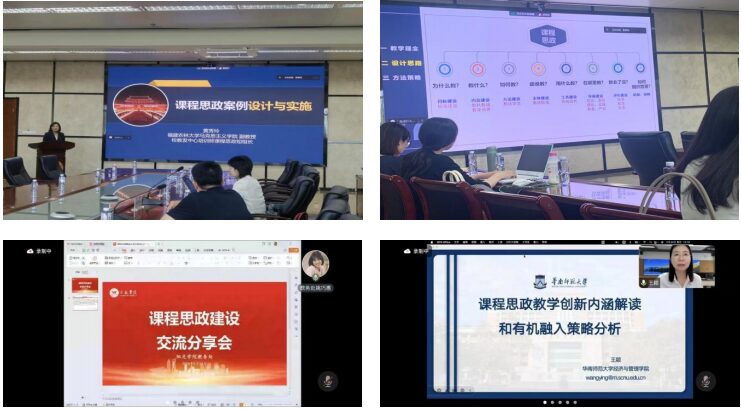
Figure 21 Exchange on the Construction of Ideological Education in Courses
(2) Course Design
Revise the syllabus to integrate ideological elements into the course teaching objectives and content.
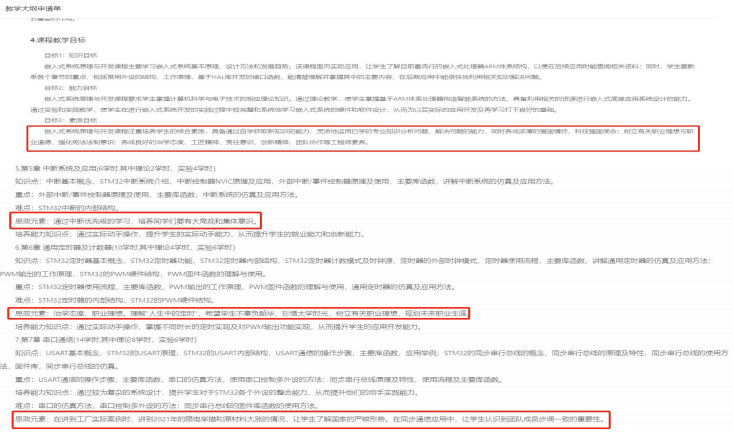
Figure 22 Integration of Ideological Points into Teaching Objectives and Content
(3) Teaching Methods
Adopt diverse teaching methods, such as case teaching and group discussions, to guide students to think and explore.
2. Application Effects
(1) Improvement in Students’ Ideological and Political Quality
Through the implementation of ideological education, students’ ideological and political quality has significantly improved. Their recognition of the socialist core values has increased, enhancing their sense of social responsibility and mission, forming a correct worldview, outlook on life, and values.
(2) Improvement in Teaching Quality and Effects
The integration of ideological education has promoted a comprehensive improvement in teaching quality. Teachers pay more attention to students’ overall development during the teaching process, continuously optimizing teaching content and methods, improving teaching effects and students’ learning experiences. At the same time, the implementation of ideological education has also promoted the teaching effectiveness of professional courses, forming a synergistic effect.
(3) Strengthening Teacher Team Construction and Capability Improvement
In the promotion of ideological education, the construction of the teacher team and the enhancement of capabilities have also been strengthened. Teachers continuously improve their ideological qualities and teaching abilities through participating in training, discussions, and teaching practice.

Editor: Su Qingwen (Student)
Reviewer: Chen Yangyang (Teacher)
